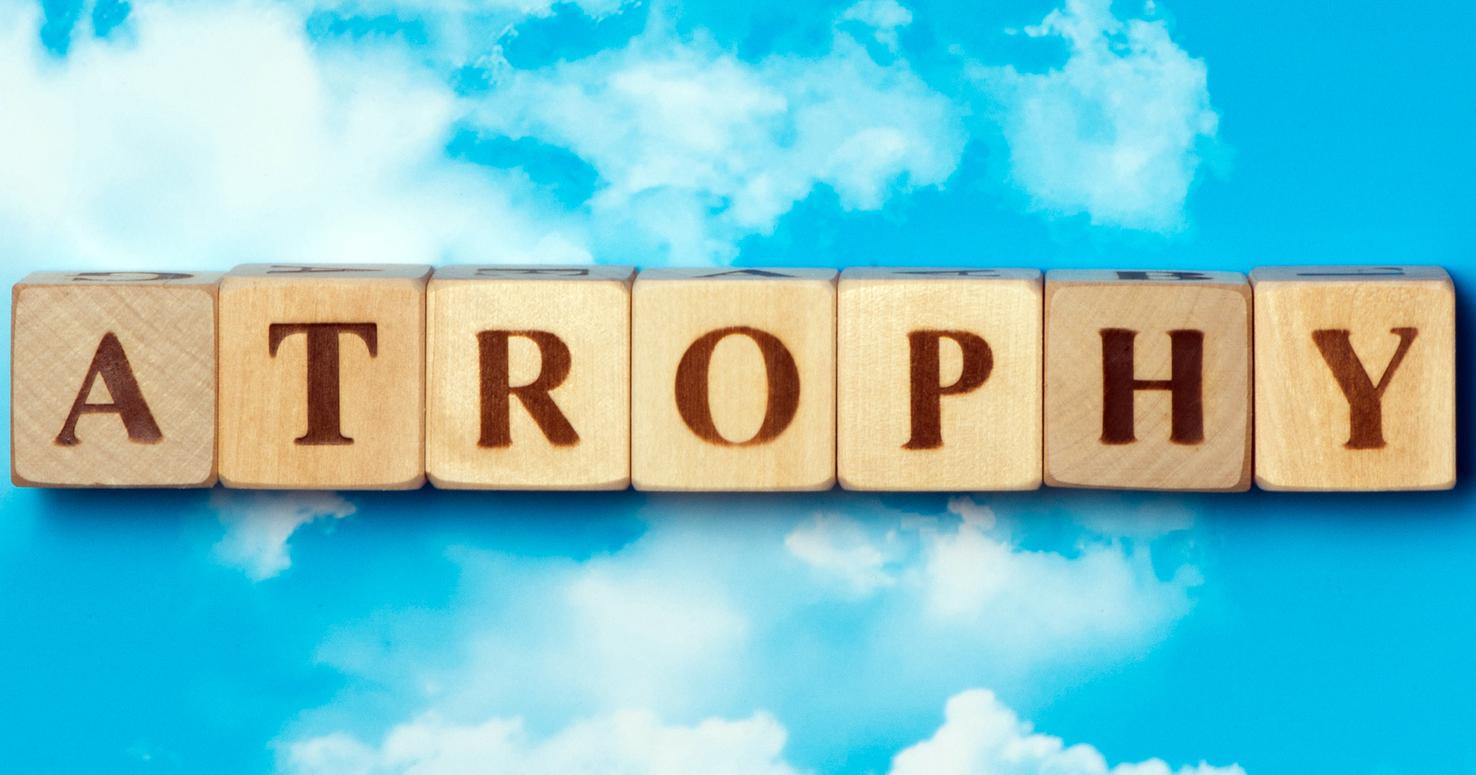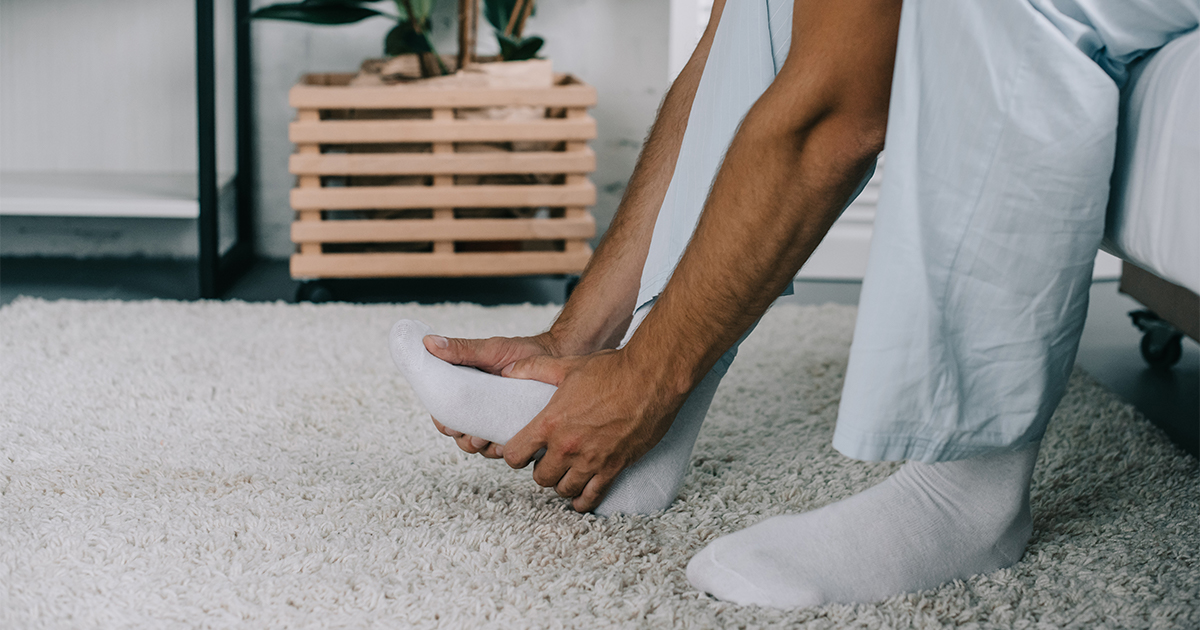Common Symptoms Of Neuromuscular Diseases
Neuromuscular disease is an encompassing term used to describe a group of diseases that primarily cause problems with the nerves responsible for controlling voluntary muscle movement and the nerves responsible for sending sensory information to the brain. Most neuromuscular diseases involve progressive muscle fatigue and weakness. Neuromuscular diseases may be caused by a spontaneous or inherited mutation in the DNA, an infection, an autoimmune disorder, metabolic disorder, hormonal disorder, certain drugs, or a dietary deficiency. Several tests are utilized to make a diagnosis, including electromyography, blood tests, nerve conduction studies, genetic testing, and muscle biopsy. Neuromuscular diseases cannot be cured, so treatment focuses on slowing the progression of the disease, treating individual symptoms, and improving the patient's quality of life. Surgery, medications, occupational therapy, and physical therapy are common treatment methods used in individuals affected by neuromuscular diseases.
Get familiar with the common symptoms of neuromuscular diseases now.
Muscle Atrophy

A patient with a neuromuscular disease may present with muscle atrophy, a term used to describe when an individual has decreased muscle mass. Most individuals who have muscle atrophy due to neuromuscular diseases have neurogenic muscle atrophy, but disuse muscle atrophy may also occur. Neuromuscular diseases destroy the cells that trigger the muscles responsible for involuntary muscle movements. In healthy individuals, the nerve impulses move from the upper motor neurons to the lower motor neurons before they are sent out to specific muscles to produce movement. This process allows an individual to move their legs, face, tongue, arms, chest, and throat. When this process is impeded before the impulse reaches an individual's muscle due to a neuromuscular disease, the muscle is unable to move and function properly. Muscle atrophy is most often the result of impulse interruption between the lower motor neurons and the muscles that they control. The affected muscles are not used regularly, leading to muscle atrophy.
Keep reading to learn more about the iconic symptoms of neuromuscular diseases now.
Paresthesia

Paresthesia, abnormal sensations an individual feels in their arms, legs, hands, and feet, may develop in neuromuscular disease patients. This sensation has been described as a burning feeling, prickling feeling, pins and needles, tingling feeling, numbness, itchiness, or skin crawling. Paresthesia is the same sensation an individual feels when they place pressure on a limb for an extended period, and the limb falls asleep. However, paresthesia that occurs in individuals affected by a neuromuscular disease is not the result of manual pressure on a nerve and is not alleviated through the removal of such pressure. Paresthesia occurs in patients affected by neuromuscular diseases because some of these diseases cause the nerves that transmit and receive impulses from the brain with sensory information to become functionally impaired. This functional impairment occurs when there is a disruption or blockage at some point in the pathway the sensory nerve impulses travel on. The brain receives partial, irregular, or no impulses at all, which causes the individual to experience paresthesia.
Get more details on the symptoms of neuromuscular diseases now.
